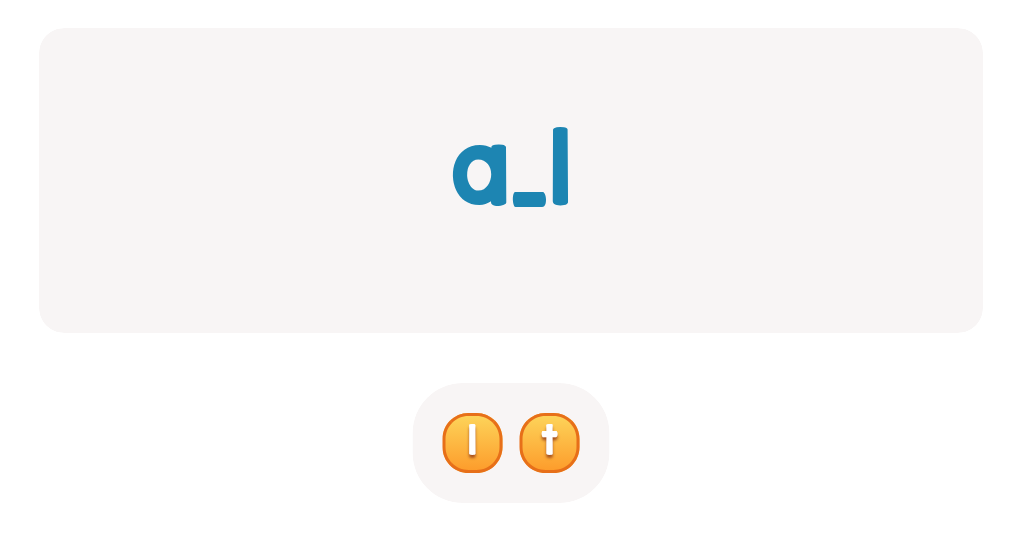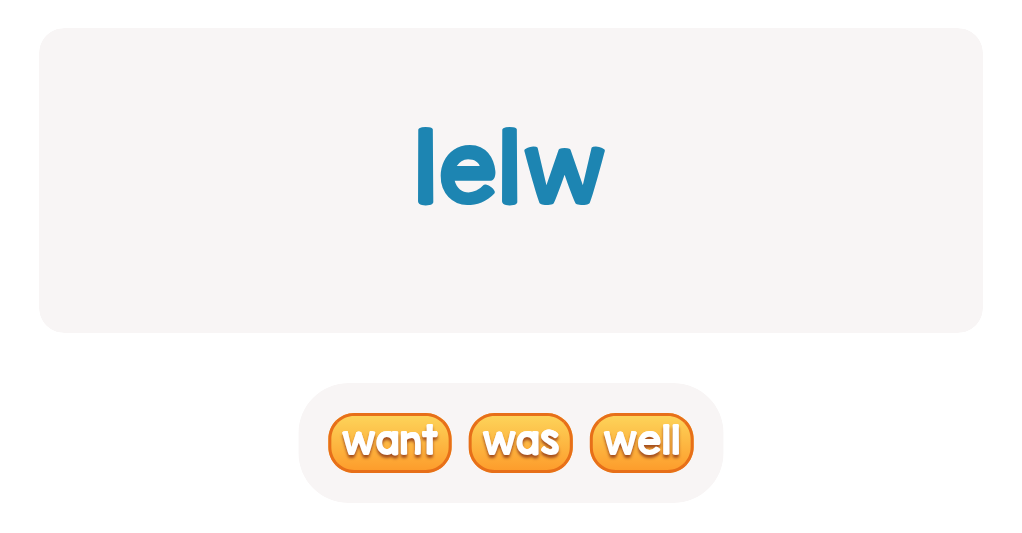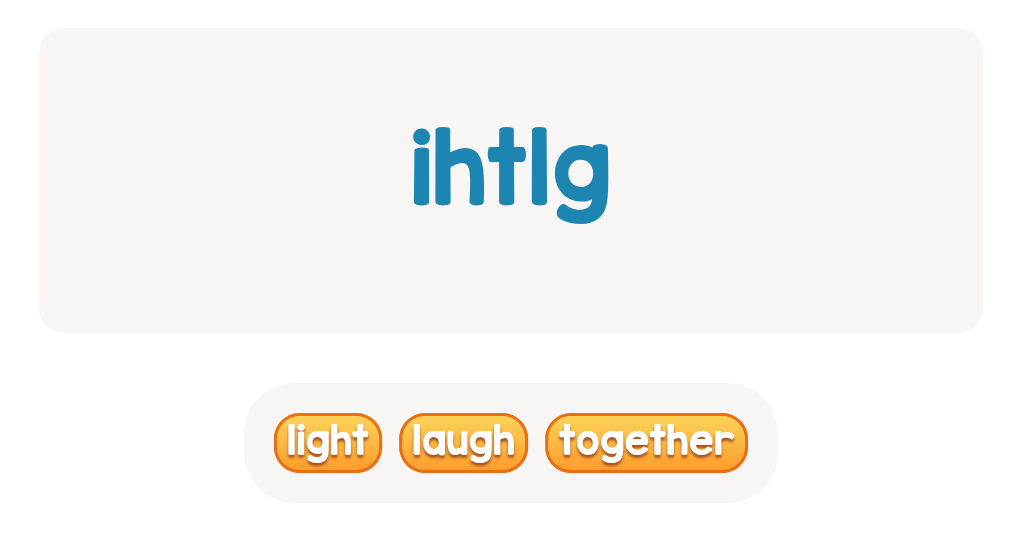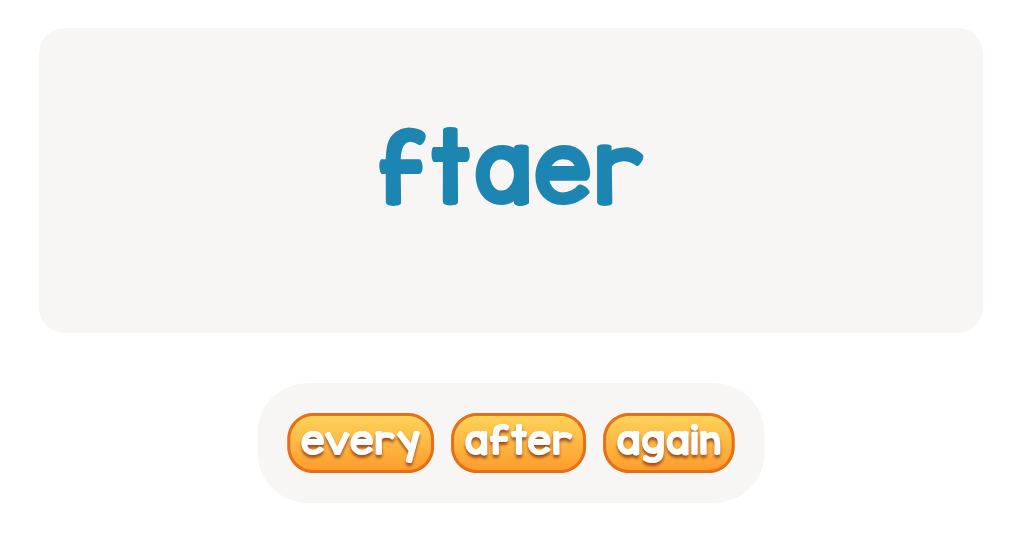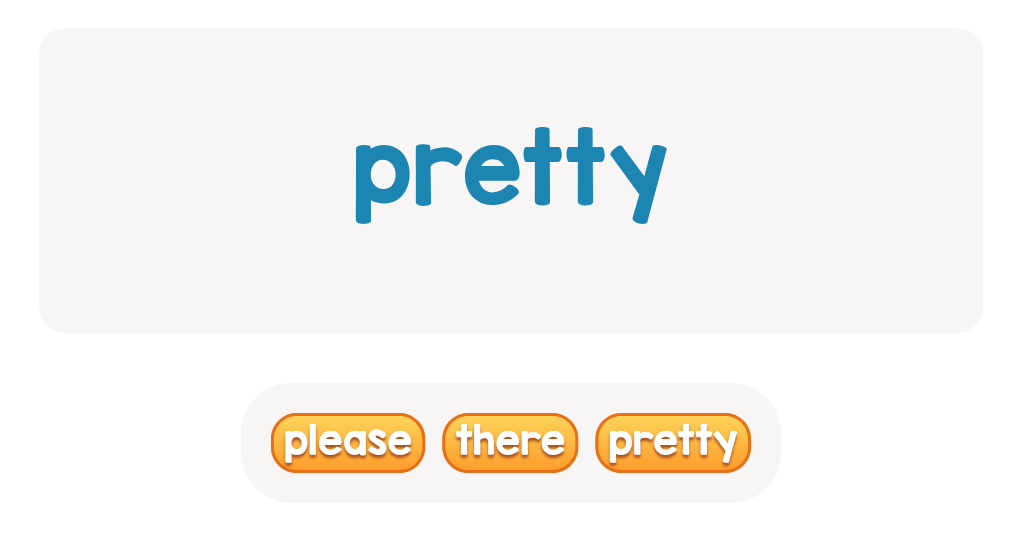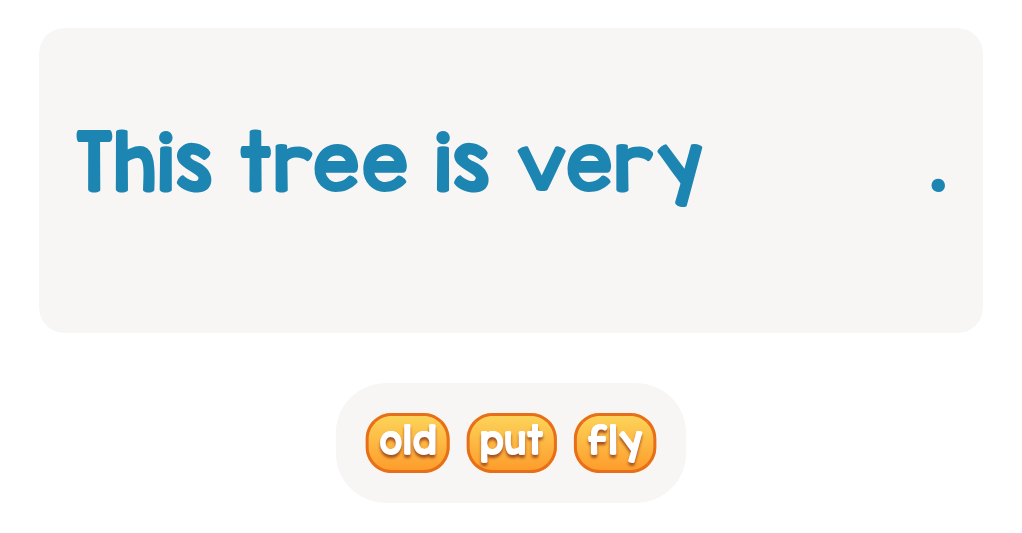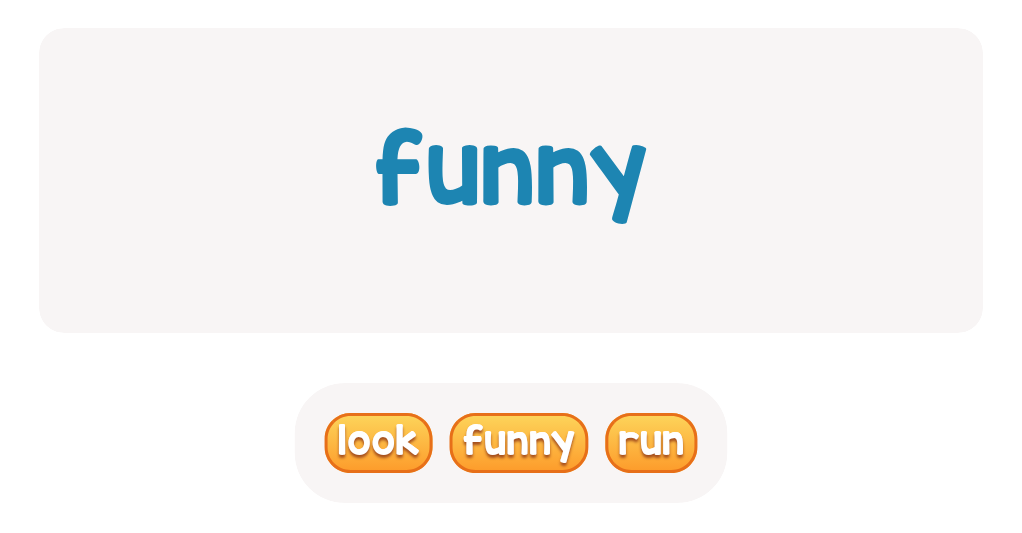Story sequencing Building Vocabulary Worksheets for Ages 5-9
5 filtered results
-
From - To
Enhance your child's reading skills with our engaging Story Sequencing Building Vocabulary Worksheets, specifically designed for ages 5-9. These worksheets provide a fun and interactive way for young learners to develop their storytelling abilities and expand their vocabulary. Kids will practice organizing events in a logical order, improving their comprehension and critical thinking skills. Each worksheet encourages creativity and fluency, making learning enjoyable. Whether at home or in the classroom, our resources are perfect for fostering a love for reading while helping children navigate through captivating stories. Start their journey to better literacy today with our enticing worksheets!
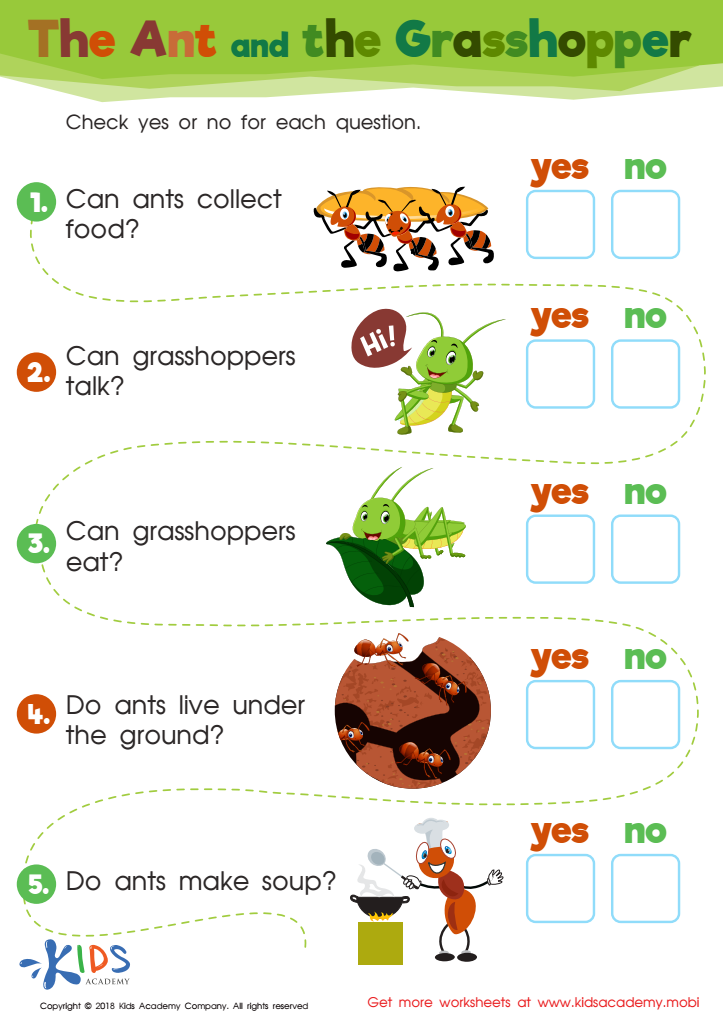

The Ant and The Grasshopper Worksheet
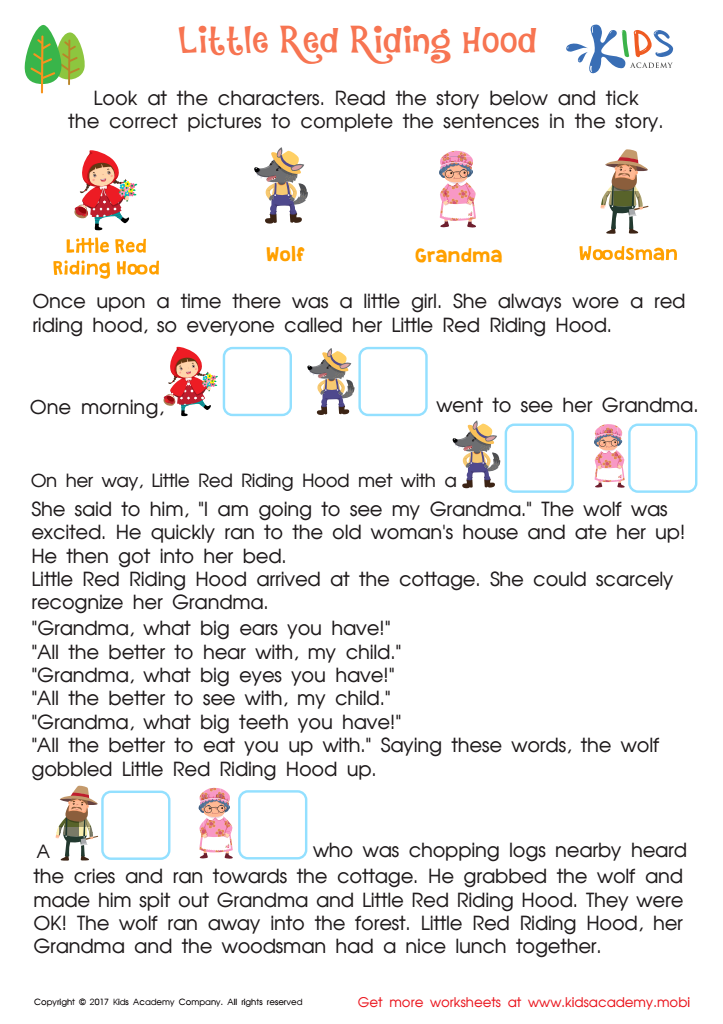

Little Red Riding Hood Printable
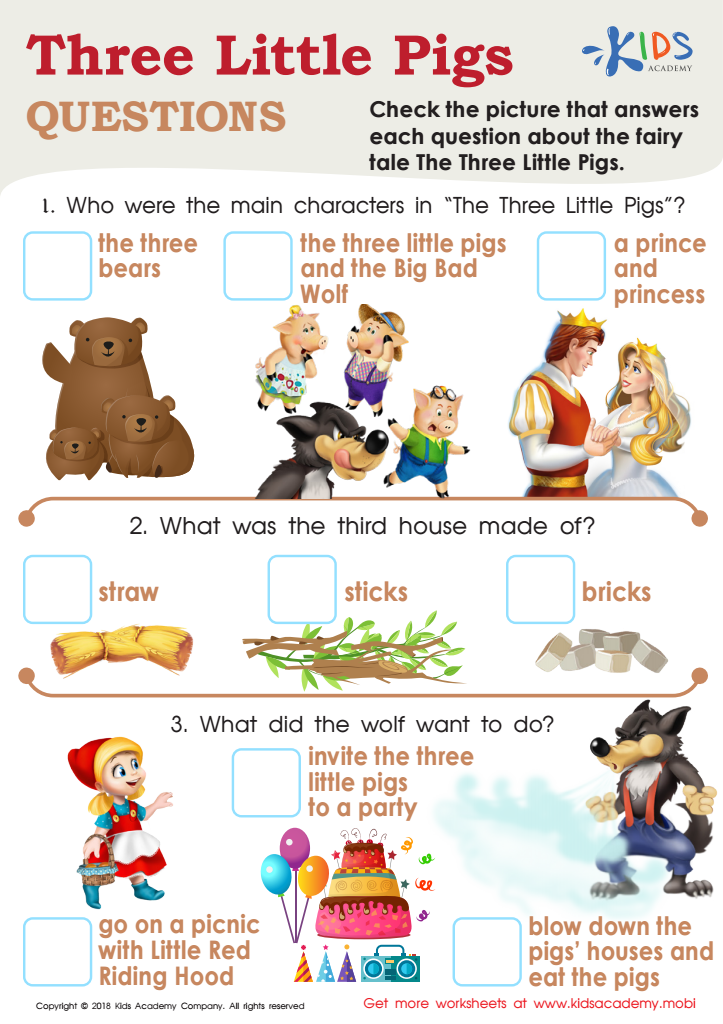

Three Little Pigs Questions Worksheet
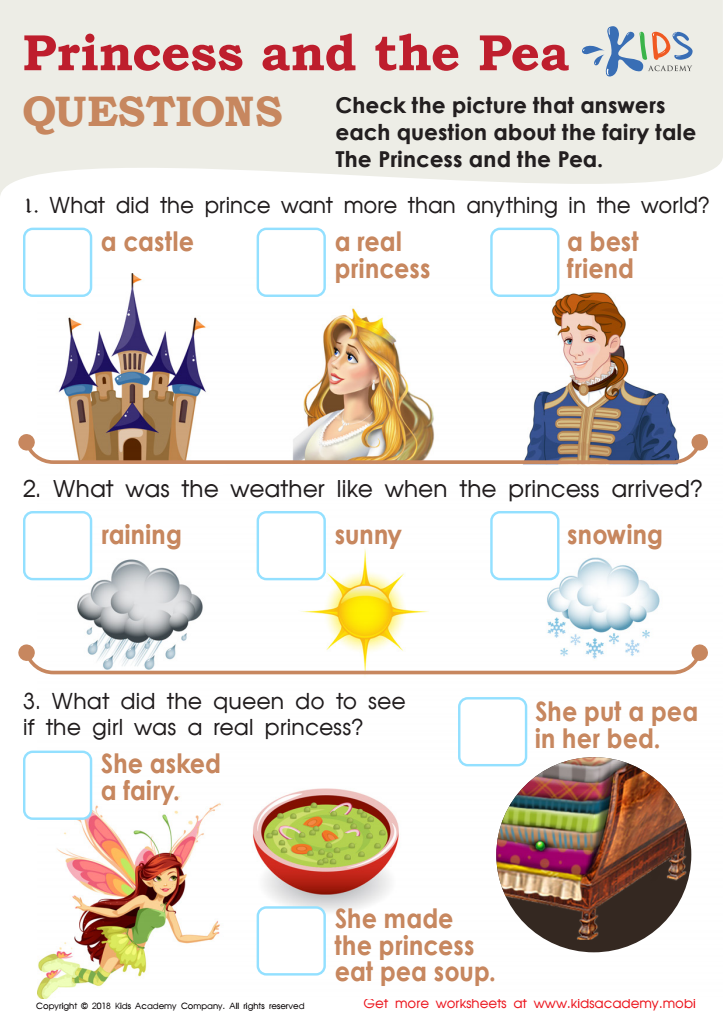

Princess and the Pea Questions Worksheet


The Boy Who Cried Wolf Part 2 Worksheet
Story sequencing and building vocabulary are crucial elements of literacy development for children aged 5-9, and both parents and teachers should prioritize these skills. Effective storytelling encourages children to engage with narratives, facilitating comprehension and critical thinking. By focusing on story sequencing, children learn to organize events chronologically, which enhances their understanding of cause-and-effect and narrative structure. This skill not only aids in reading fluency but also helps children retell stories, fostering confidence in their communication abilities.
Building vocabulary is equally essential, as a rich vocabulary equips children with the tools they need to express ideas clearly and accurately. As they encounter new words through stories, children develop an understanding of meanings and context, thereby broadening their comprehension abilities. This foundation is vital; stronger vocabulary skills correlate with academic success across subjects.
Moreover, engaging with stories and vocabulary as a collaborative effort between parents and teachers nurtures a love for reading and learning. By providing varied storytelling experiences and rich language exposure, adults can inspire children to become enthusiastic readers, ultimately preparing them for future educational challenges. Integrating these skills into everyday activities empowers children, setting them on a path toward lifelong literacy and learning.

 Assign to My Students
Assign to My Students
